Since Jim Wicks joined Motorola back in 2001, the mobile industry has changed beyond all recognition.
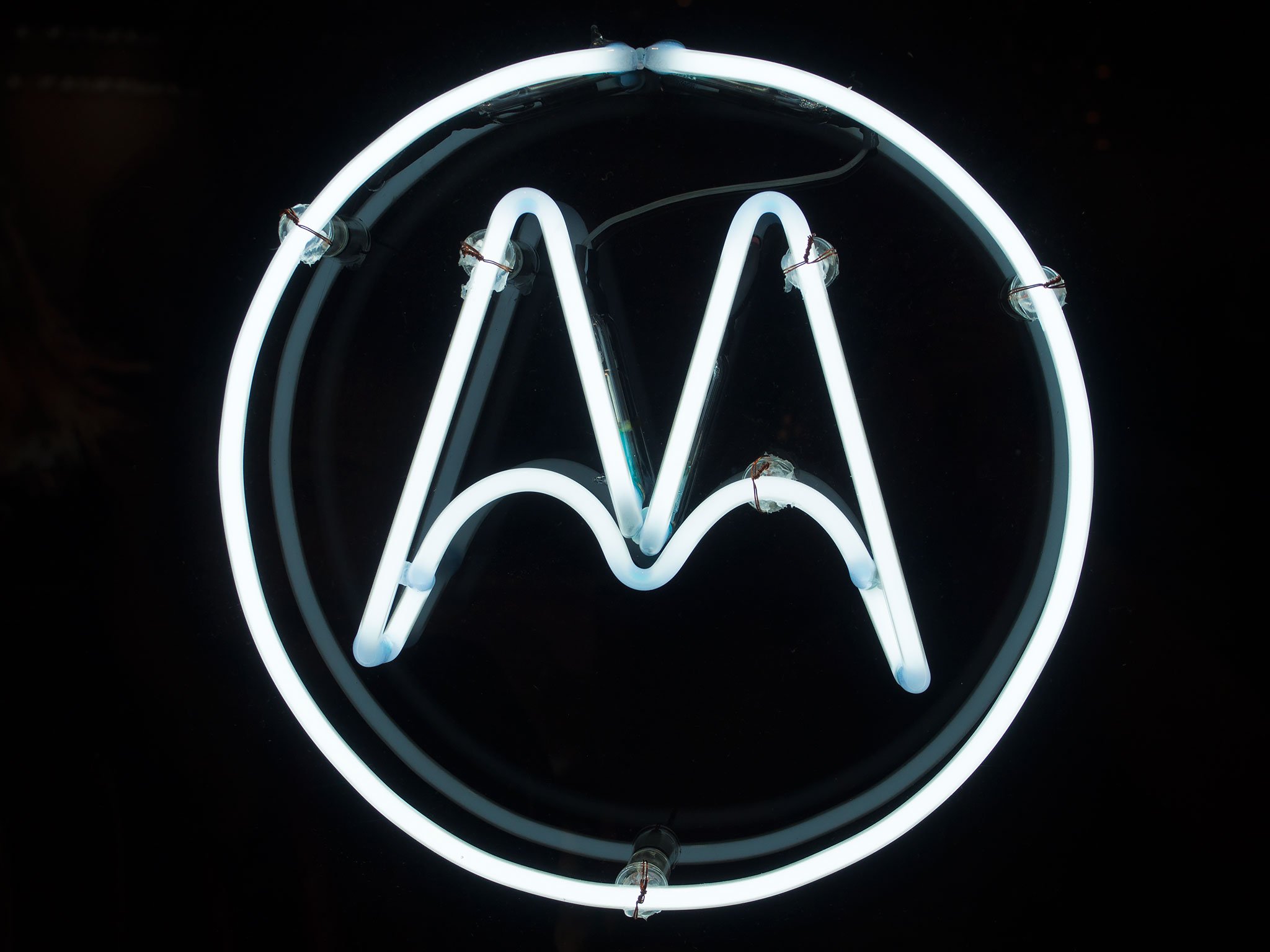
Smartphones now dominate the landscape, which has been transformed by the arrival of the iPhone and the rapid growth of the Android ecosystem. And Motorola itself has changed with it, shifting from a featurephone focus with the original RAZR devices through to the Droids and Moto phones of today.
Going through two acquisitions in recent years — first under Google and now Lenovo — has also accelerated the pace of Motorola’s change. The Motorola of today is all about pure Android, ergonomic designs, sensible differentiation and a new line of wearables under the Moto 360 brand.
As we continue our Android History series, Mobile Nations’ Managing Editor Derek Kessler caught up with Jim Wicks, currently Motorola’s Senior Vice President of Consumer Experience Design, to reflect on a transformative few years for Moto and Android.
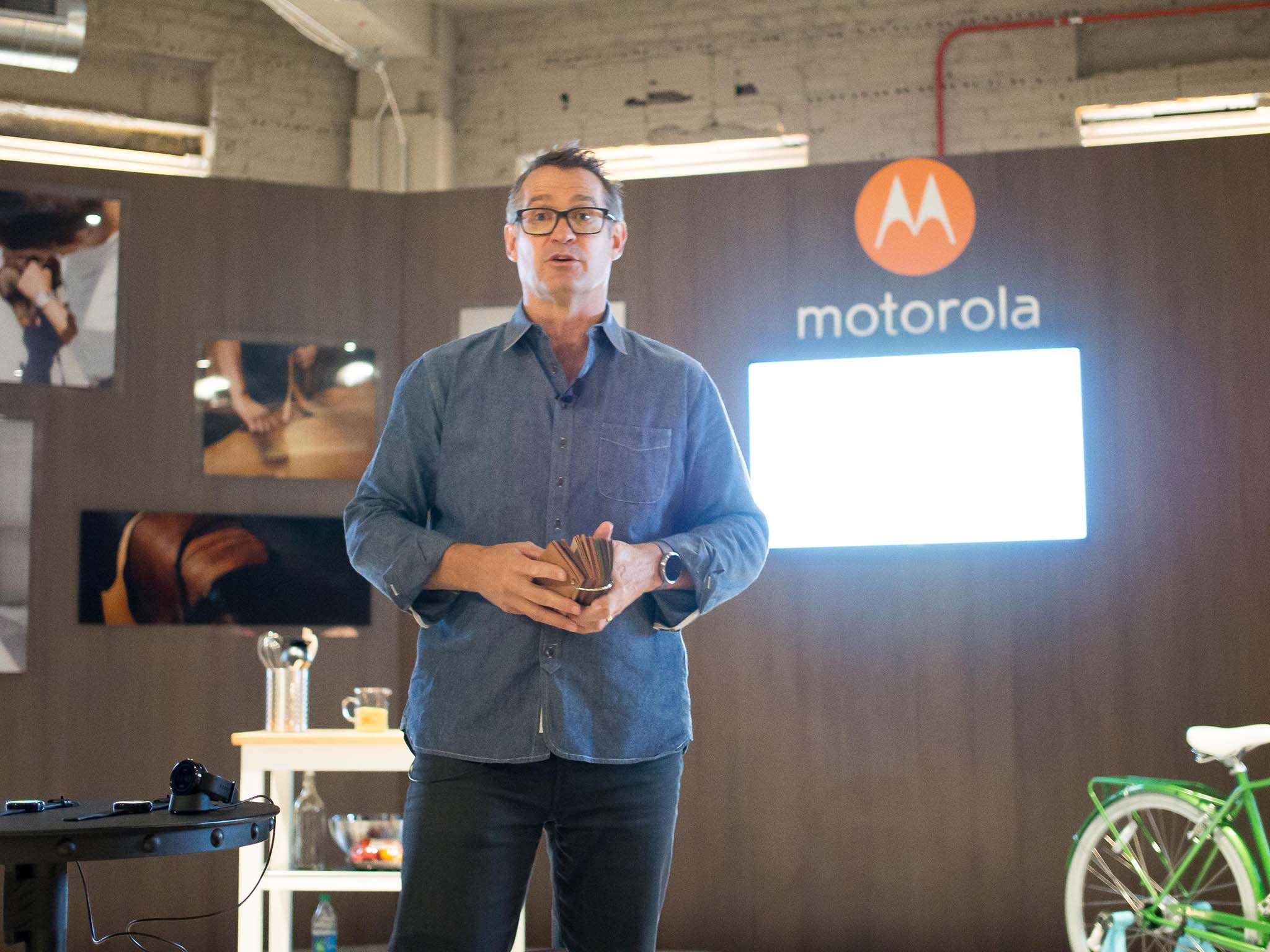
Derek Kessler: Motorola has a long history in mobile and many other industries. And in 2011 it split into two companies: Motorola Mobility focusing on mobile phones, and Motorola Solutions for radios, networking equipment, and the like. And then less than a year later, Motorola Mobility was acquired by Google. What was that period like?
Jim Wicks: It was kinda fun actually. But this space has always been fun and exciting — there’s no more exciting a space than being in mobile in the past five, six years. It’s really interesting because what Google really brought to us was that they challenged our culture. They challenged us to take the best of what we had and bring it forward. And we actually self-realized that there were some things culturally that we really needed to discard in order to move forward.
“Google challenged our culture.”
That’s culturally some of the introspective kinds of things that they forced upon us, so to speak. The next was, if you recall, it allowed us to make some really big portfolio changes. We go from a portfolio that had a large number of products [that were] very carrier and regionally-focussed and convert that to a portfolio that’s very consumer-focused and brand-focused.
And that’s what drew a lot of the focus on the Moto X or the Moto franchise going forward — the ability to reset our portfolio under Google’s management.
The year leading up to that acquisition also saw the release of what you could call ‘experimental’ products: The Motorola Atrix; the Xoom, the first Android 3.0 tablet; and the resurrection of the iconic RAZR brand. What drove that experimentation in Motorola?
Well, that era… Atrix is really interesting because that was a point in time where the industry was starting to realize how powerful these [Android] devices are. Remember at those times people were saying “hey, smartphones now are like computers,” well they truly were.
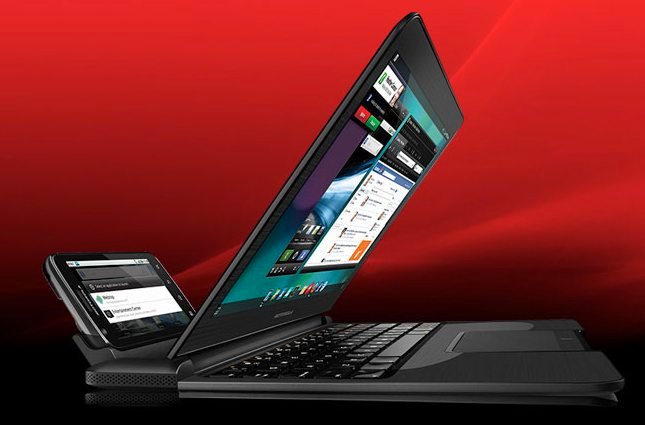
When we look at consumers and they’re having to manage multiple devices we’re like: Why can’t a phone drive a computer? Why can’t you have everything — truly treat the smartphone as your main computing device. And that was really the vision behind it. And the vision was really good and insightful actually. And you see now people starting to pick up on that again, right?
But I think it was a spirit of recognizing: There’s some technical horsepower here, some capabilities here. Let’s not approach things they way we normally would, let’s be a challenger, let’s look at things differently. I think that was the spirit at that time. Because we were exploring, trying to figure out who we were and trying to figure out how consumers are going to make sense of this changing landscape.
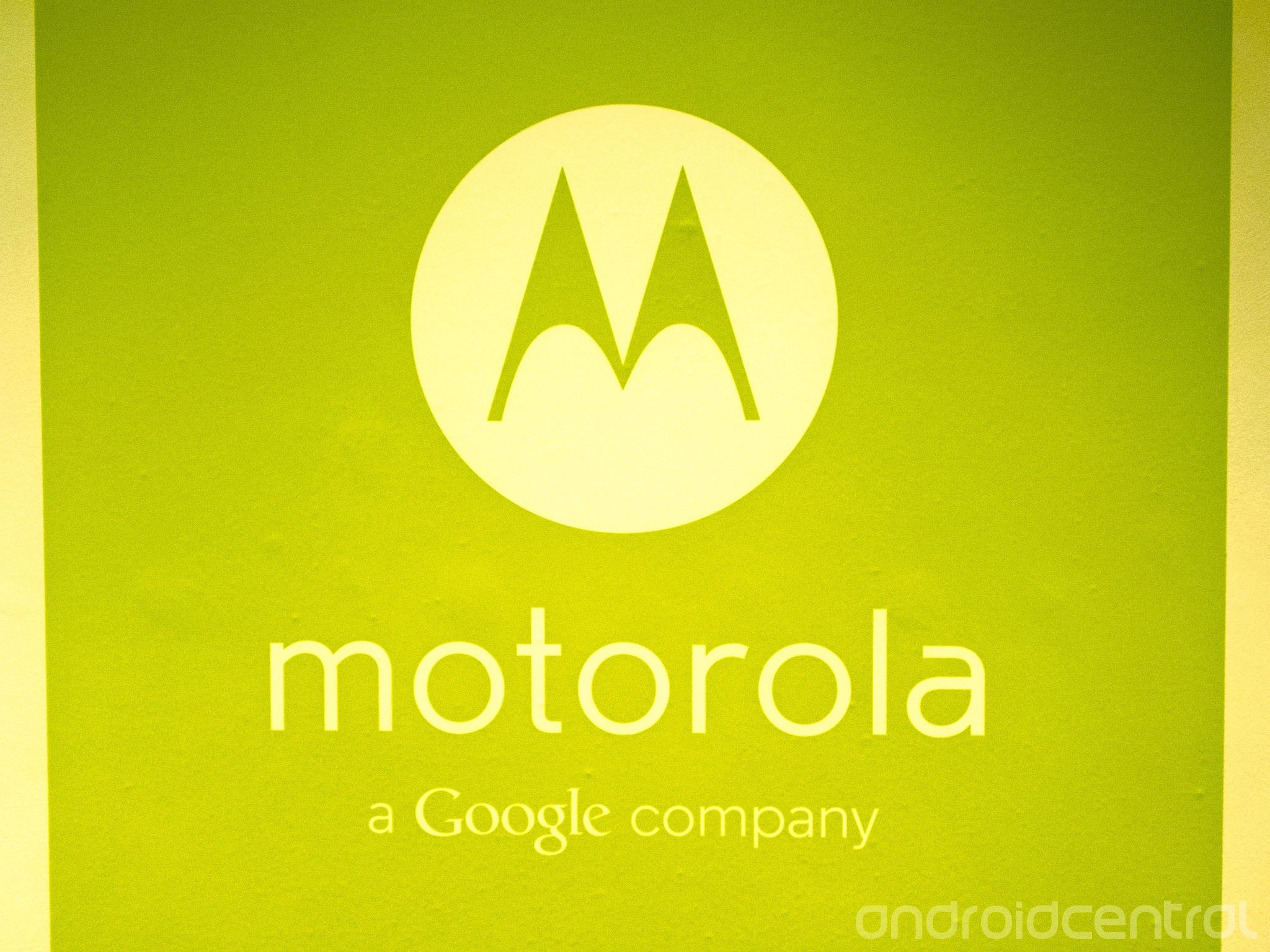
The first major Motorola release under Google was the Moto X. It was a radical departure for Motorola — a curving ergonomic design, a stripped-down Android install with only a few useful Motorola customizations, and a design that customers could customize. What led to that shift in design priorities?
There are three things to talk about there. One’s personalization and what we did with Moto Maker. [Next], design. And then the software strategy.
But I’d say for me personally it was probably one of the most exciting times I ever had in terms of leading design in our company. With the elimination — and a reset of our portfolio, and a move from products that were really driven by carriers and regional demands (which was the old business model), this allowed us to really reset the portfolio and say: “What do we believe in as a company?” and what do we think consumers really want?
And we basically laid out the market and said, what are some of the primary trends we see happening, and where do we think our brand fits well within that? And it was a really ground-up, culturally and consumer-driven approach.
“Moto X was kind of a counterbalance to what we were doing with Droids, which was like an in-your-face, ‘I’m a muscle car’ kind of thing.”
So we landed on Moto X and the Moto design language, which at the time we called “leaf.” That’s something that’s about being simple, approachable and human and not about technology. It was kind of a counterbalance to what we were doing with Droids and everything there, which was like an in-your-face, “I’m a muscle car” kind of thing.
So this human, approachable thinking led us to: This is something that has to look and feel good in your hand, and has to be all about you. That’s why we’ve had stories from people who were sitting around the table as an executive team looking at all the options, including the teak and the ceramics… and saying “wow, there’s so many options we could do, how do we make a choice?”
And it came down to: Why are we choosing for the consumer? Why can’t they choose? It’s completely possible for them to choose. And that was a real big shift. It was around the design decision to not choose for [customers] — and let them participate.
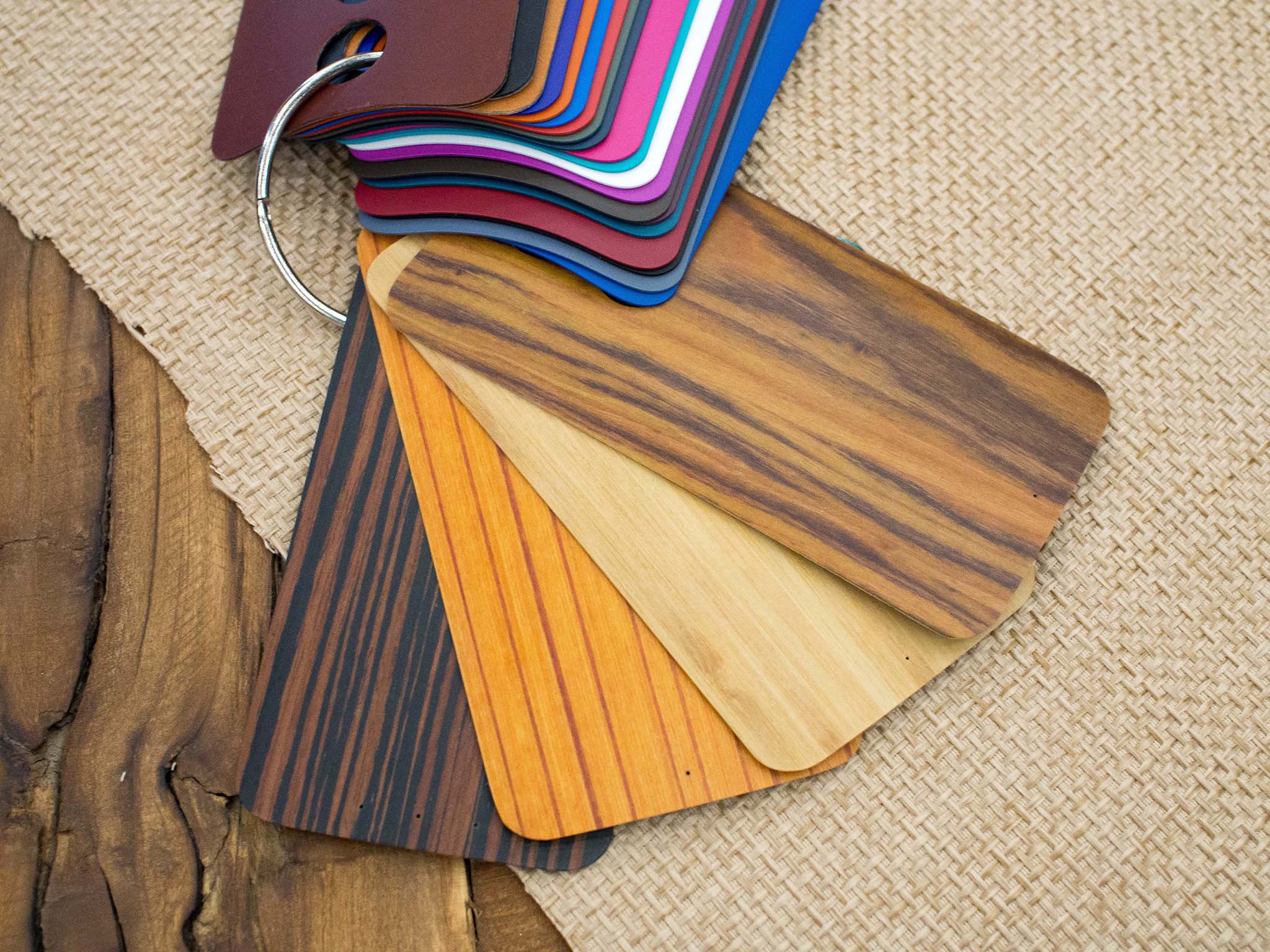
“Why are we choosing for the consumer? Why can’t they choose?”
So the ID direction of Moto Maker really came about being much more personal, much more human, and letting the consumers be part of that process.
The software part was also very interesting, because before that we were thinking in terms of a UI strategy. Everyone was doing all these crazy skins and everything. And we’re like: It’s so disjointed, the experience. Android at that time was really developing into a really rich, robust software UI. We said: Why do we keep trying to battle it. We should really embrace it.
So we started first with this idea of embracing the design language of Android. And then as we got further into it and further into this “pure Android” thinking it was a combination of things: User experience and really meaningful upgrades on a timely basis. We knew you couldn’t do that if you started to have all this bloatware and all these skins and everything on it. So we pulled it all away, primarily for user experience — and quite frankly, economics helped as well. You didn’t have to pile in hundreds of engineers to re-skin everything every time you developed a new release. So user experience and economics drove a lot of the thinking on software strategy.
Have there been any drawbacks to that software strategy? By doing that you also shifted almost all the Moto apps to Google Play where they can be updated independently of the OS.
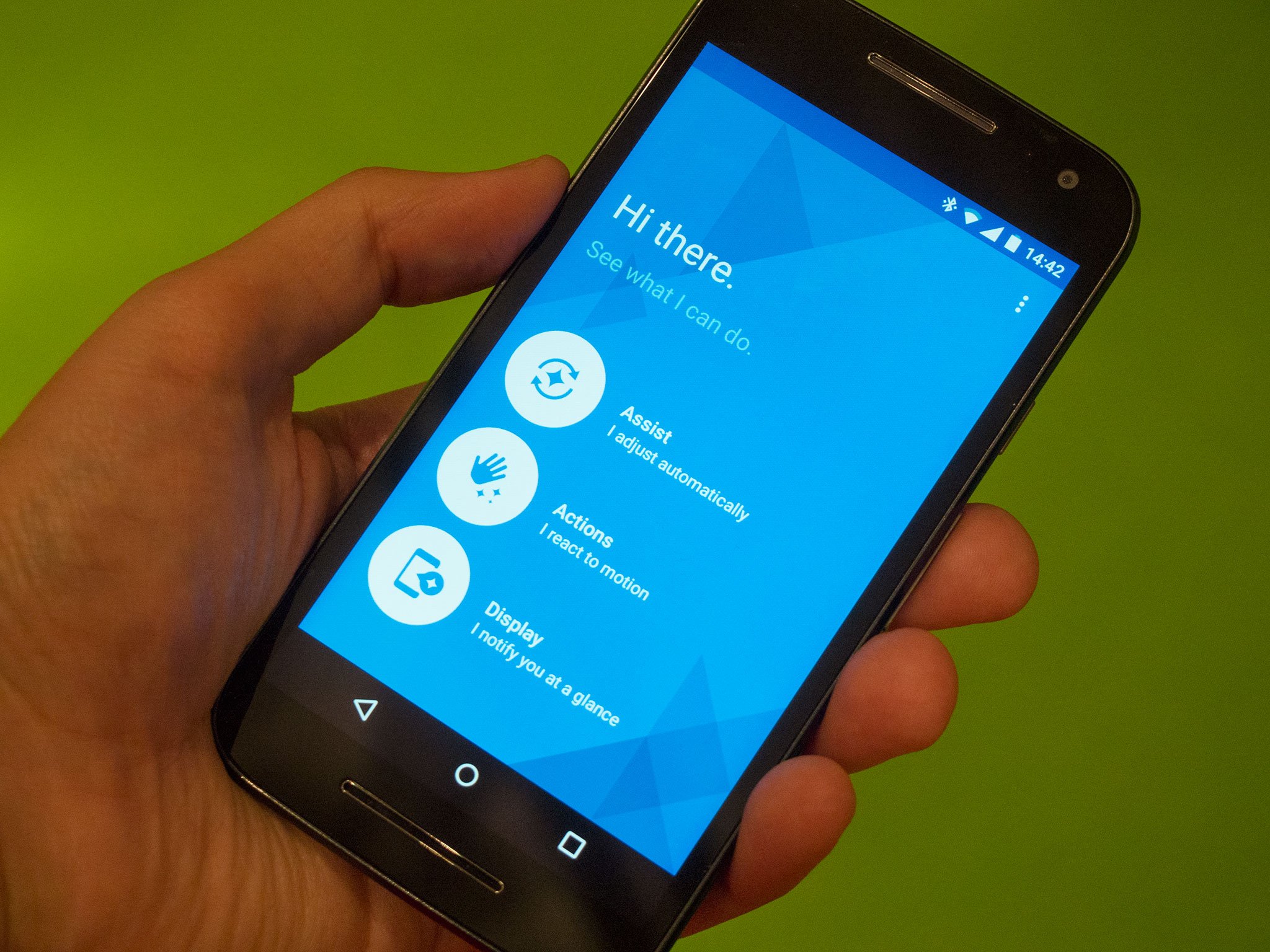
As soon as you start to do that, everything moves faster. It allows us to update the apps outside of just the software release cadences. And it allowed us to understand what things we were doing that consumers really liked — you can really monitor a lot of stuff as well.
Honestly, I have never seen any downside to it. What it’s really allowed us to do is focus on fewer things that are really meaningful to people. And not doing things [just] because you’ve been doing them.
We feel confident when we stop doing something because we feel there’s less interest from the consumer, or we can move past that, or we can build on things that really have struck a chord with users.
If we’ve found something that struck a chord and Google adopted it then we’d say that’s great, that’s a victory.
The other thing we do is if Google absorbs a capability [into Android]… we’ll go hands-off, then, and go onto something different. So that was a really big thing. We used to say: let’s not go on the same flight path. If Google’s running over here, let’s not do the same thing because it’s counterproductive. It’s not best for the consumer and it’s not best for us. If we’ve found something that struck a chord and Google adopted it then we’d say that’s great, that’s a victory. Because that’s something that’s guaranteed to come out with consumers every year being updated.

With the Moto X you also did something that was practically unheard of in 2013: you assembled the phone in the United States, at least for the Moto Maker-customized phones. Why did Motorola bring final assembly into a US factory, and why within a year had assembly been moved back overseas for the second generation Moto X?
It was really cool to design, engineer and assemble everything in the U.S., and it was really driven by our Moto Maker strategy. We did some research and we knew customers really liked being part of that design process and the details and the macro parts of Moto Maker. But they wanted their device in under six days. It drives you crazy when you buy a tennis shoe and it takes like three weeks to get there!
“Our vision was that we’d create that critical mass in market share, but the market just proved way too competitive for us at that time.”
But I understand the challenges there. In order to really nail the landing, so to speak, we knew that when people configured and designed the phone, they had to see it in the next five to seven days. And so to guarantee that, that’s why we moved most of the operation to North America — it was so that we could fulfill that.
Our vision was that we’d create that critical mass in market share, but the market just proved way too competitive for us at that time. We were still early. There were mega marketing campaigns happening, really driving demand for a lot of brands, and that’s just not something we could do at that point in our lives. So we gave it a shot, we believed in it, but at a certain point it was not viable in the North American market.
Later we started to realize — and particularly now, under Lenovo — we can do all this from China and still guarantee the timeframes. And that’s allowing us to have access to some techniques, materials, some things that we would not be able to do before. And as a result we have a better global process to fulfill the consumer’s basic design choices.

While the original Moto X is beloved by many phone nerds, like myself, it’s the Moto G that’s really done exceedingly well in the market. Were you surprised by the reception the Moto G and Moto E have had around the world?
Yes and no. The number one thing we were doing then and are still doing now is a complete alignment between three things: Our product and our brand, and also the internal culture of our company. Those three are so aligned in what we’re doing with Moto X. When we applied that same thinking to Moto G, it played out differently.
“We weren’t surprised about the quality of Moto G and the fact that consumers liked them. What we were pleasantly surprised about was that it scaled.”
But was all about premium value and giving consumers something that they did not have before. We knew, in the industry, that technology had gotten to the point where people could have a no-compromises smartphone at a really fair price. So we felt really confident about that, and we knew that at retail we could win. Because at that time everything was subsidized. And when you get out of subsidized markets we were seeing real success in areas where people were looking at ‘how much am I spending and what am I getting.’
So we did a lot of research in Brazil and India to understand what consumers were really interested in, and we put that together in a design and a product that was kinda the “sibling” of Moto X. Moto X was the icon. And we extended that design language and that thinking into the portfolio. That’s always been our design strategy: icon, then create a collection of products. That first collection of other products was Moto G and Moto E.
And so we weren’t surprised about the quality of the products and the fact that consumers liked them. What we were pleasantly surprised about was that it scaled. Like, it just took off! We hit it right with Flipkart in India. The Brazil economy was going well, our brand is so strong in Brazil. On those two fronts [we] really got a lot of traction. That was surprising, because I think that was more than we had anticipated. But we weren’t surprised that people actually loved the product.
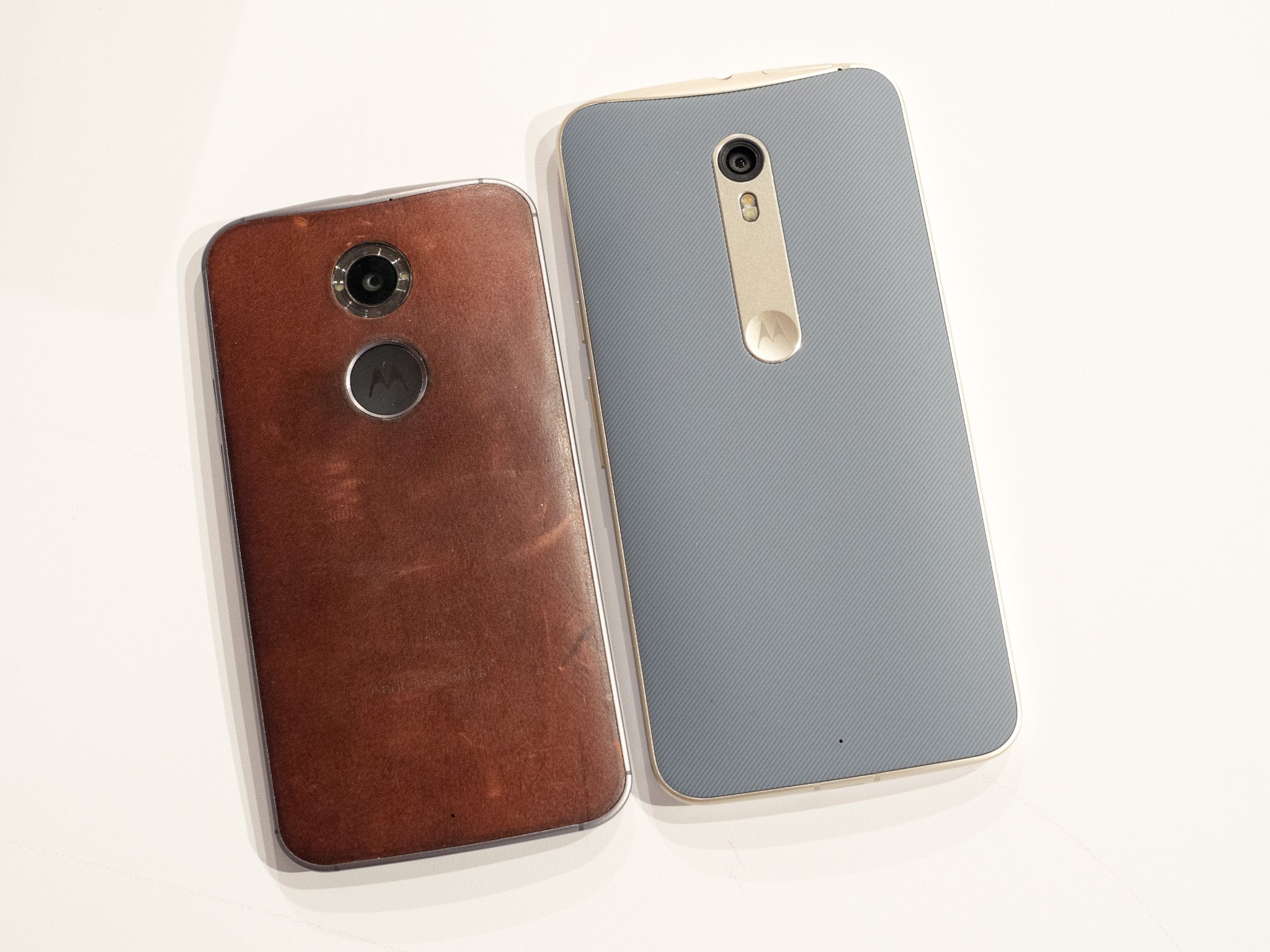
There’s a divergence of sorts happening in the smartphone market: there are the top-tier six-, seven-, eight-hundred-dollar phones on one end, and on the other end’s a horde of cheap low-quality devices. In the middle are companies like Motorola — your flagship Moto X Pure Edition/Style starts at just $400. Was bringing high-end specs to a reasonable price a conscious decision, or a natural movement for Motorola?
“What Moto X is is the phone of the people, right?”
It was a conscious decision. We have all our Droid products that are living in a certain space in terms of performance and specs. A personal point of view from me: What Moto X is is the phone of the people, right? I really believe that. I think it cuts through the crap of advertising… it just gets to the core of being the best possible product it can be. And being a really good balance — not trying to play the spec game [for the sake of it]. It’s authentic, it’s real. It is what it is. I think it’s a natural extension of our company and our brand culture.
And so I think it naturally happened because we truly believed what we started to see in Moto G. Which is the fact that you can create a tremendously fantastic product that consumers love, and they can actually take part in it by designing it themselves in many cases, and still do it at a reasonable price.
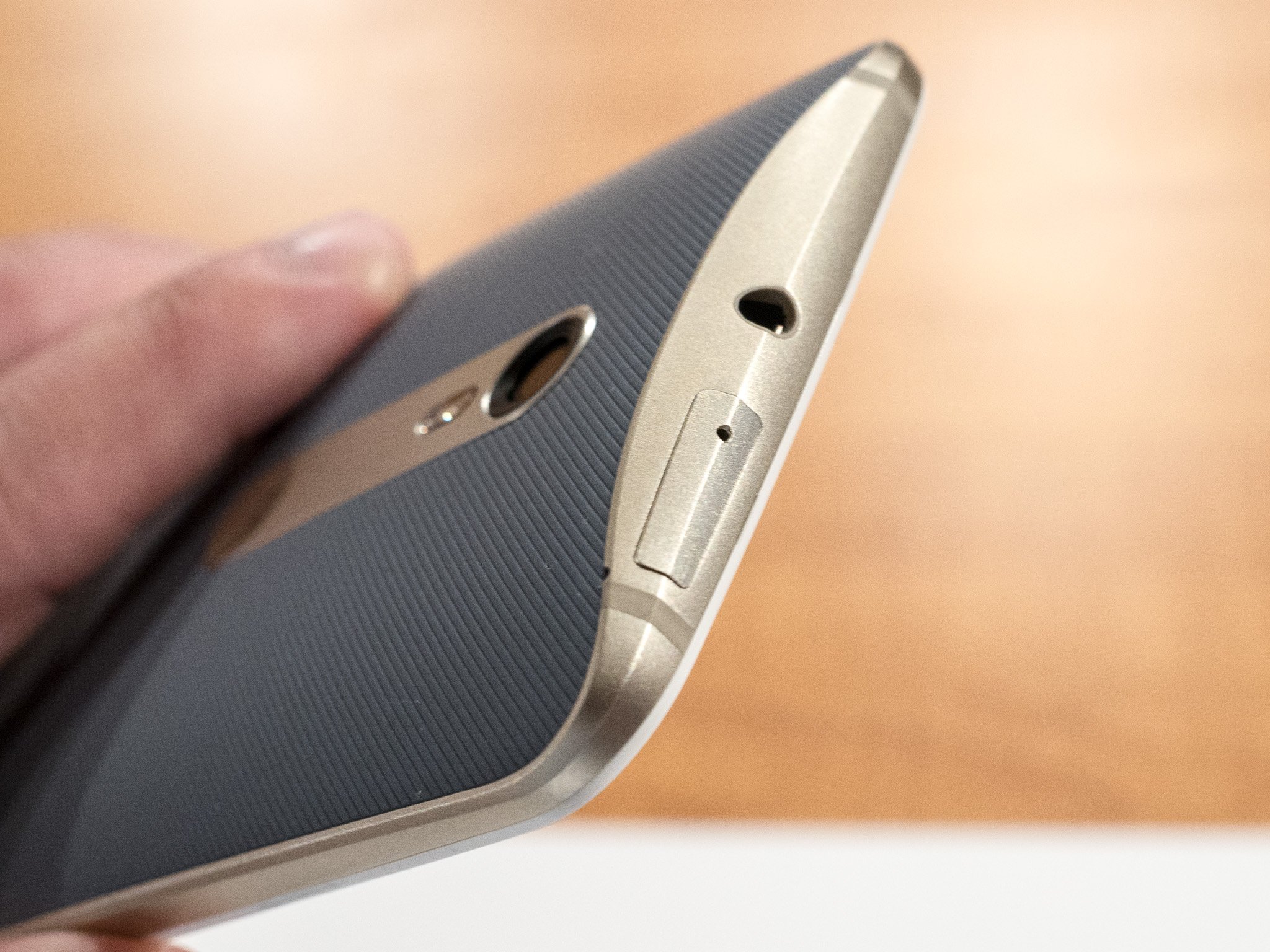
We don’t have to force people, or try to push people to spend $200 more than they can, and still have a fantastic product. And that was the result of a leap that we can do that. And the thinking that there are people out there who need that product and want that product.
I think what we’re seeing with a lot of the things that are happening in the industry, especially in North America, is this greater stratification of high-end and lower-tier “value” products. I think those two things have happened at the same time, and I think our brand and our message works in both those major pieces of the market.
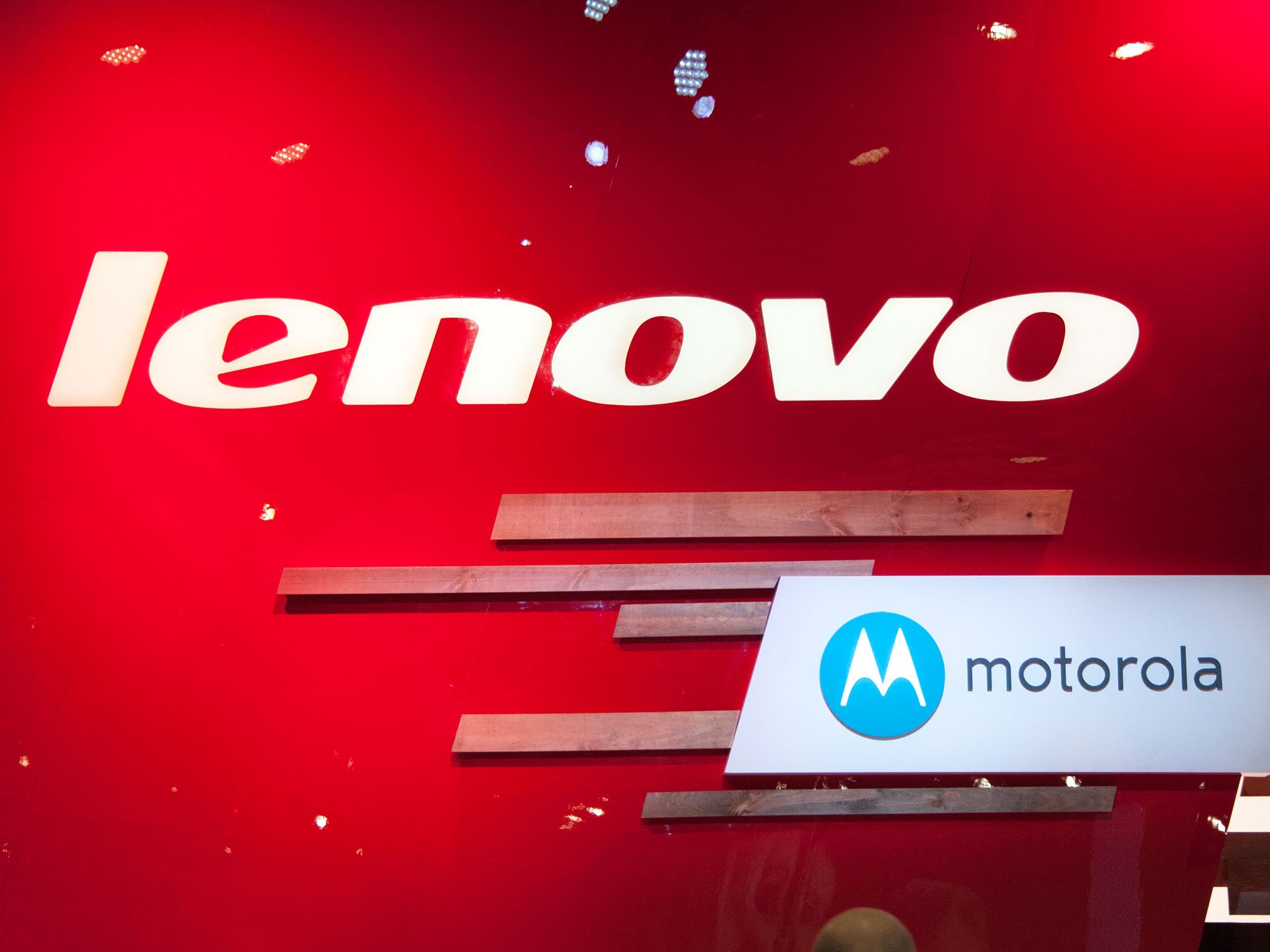
After the big acquisition by Google in 2011, Motorola was sold to Lenovo in 2014. The dust is still settling on the purchase, but how have things changed at Motorola since the changeover?
No change. *Laughs* Just like the last five years. Nothing ever really changes, right? *Laughs*
You know, it’s interesting. I think it was great for us to be part of Google. And I think one of the best times was when we were transitioning between Google and Lenovo and we weren’t really owned by anybody in some ways. And you see how much you operate as a culture when you’re doing that.
I think what has been nice of Lenovo is in these initial stages that they’ve said “keep doing that, keep doing that.” That’s why we’ve seen the mobile business [of Lenovo] basically come under Moto as a whole. There’s an embracing of the Moto brand and how we drive that, and have a real clear kinda dual-brand strategy between Moto and then the Lenovo by-products. So I think that’s been a really nice evolution.
And I think the thing that is also really refreshing is that Lenovo is a product company, it’s a hardware company. There’s an amazing cloud business in China, there’s a server business in Asia… but they live products, they’re about products. And so there’s a common language there that is proving to be very effective in terms of how we come together.
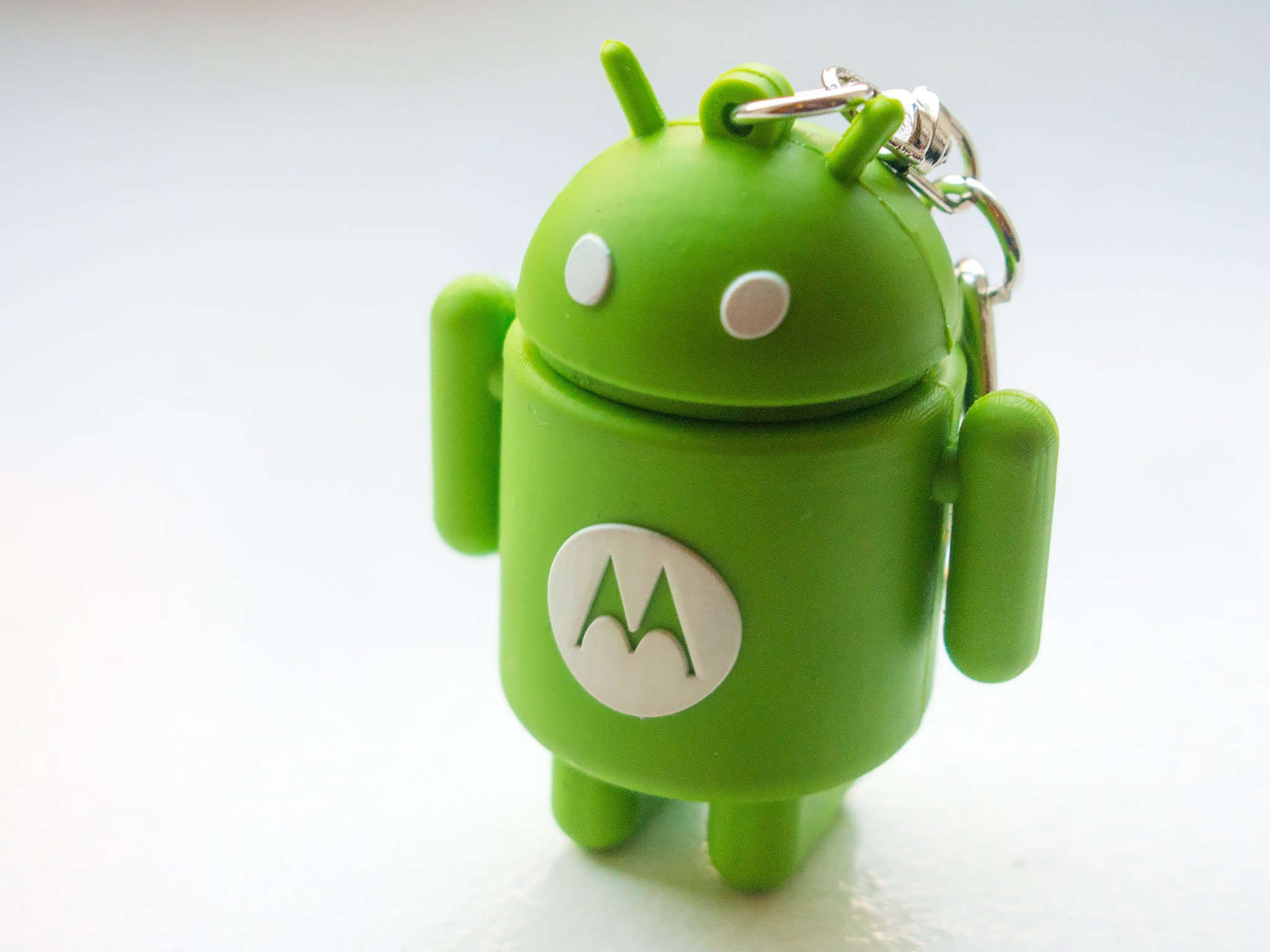
Motorola made a very public commitment to putting out timely updates for devices, but the 2015 Moto E and a couple carrier versions of the 2014 Moto X won’t be updated to Android 6.0 Marshmallow. Is there anything you can say about what went into that decision?
We can definitely understand how a lot of consumers are very passionate about having the latest and greatest software. I think what’s really important is with the Pure Edition in the areas we control [it] ourselves, we’ve done the utmost to bring upgrades to the market, to consumers as fast as possible.
“I know it doesn’t always play out consistently across the entire line… But it’s a strategy we still very much believe in.”
That will continue to be part of our strategy, because we know it’s important to consumers.
I know it doesn’t always play out consistently across the entire line. And part of that is factors that might have to be whether it’s Pure Edition, international, North American… And there were a couple of instances this year that people had some concerns about.
But it’s a strategy we still very much believe in, to do it as quickly as possible, and plan to be on the leading edge in terms of how we are delivering the latest upgrades to consumers versus our competition.
We’ve talked a lot about phones here, but one of the more iconic Motorola products of the past few years wasn’t a phone at all: it was the Moto 360 smartwatch. What was it that led you to go in with Android Wear?
We had MotoActv which was our own wearable like four-five years ago, right? We were planning on doing Moto 360 and we had many tries, and landed on this direction that we have now with the round display. That’s the only thing that really made sense in the market and moved the needle emotionally with consumers.
We had our own version of software that we were looking at. But when we looked at… all things considered, with the investment that Google was making into Wear, we just decided that that was the best solution for the consumer. Because the whole key here was to ensure that we had strong connectivity between the wearable and the smartphone. And the opportunities that we had with Android Wear and that seamless connectivity, and connectivity with all the services that Google had, was far more valuable to us than trying to build our own.
“Android Wear did not originally have a round UI… In fact, the UI work for the Moto 360 was a collaboration with Google.”
The interesting thing is, Android Wear did not originally have a round UI. It was rectangular. When [Google] saw what we were doing in ’round,’ and the way we were driving things there, it prompted them to go and do ’round’ and incorporate a round version of Android Wear.
In fact, the UI work for the very first one was a collaboration. Our designers were engaged in designing that first round UI for Android because it was the way for us to get it to market in time. And in the end result it all becomes Android Wear. And I think right now if you look at Android, the round [watchface] is the dominant factor.
So it’s a very interesting story. We adopted it because of the power, for the consumer, of Android Wear and Google’s software portfolio versus something we could do ourselves. But it was an interesting give-and-take, because we were able to maintain the essence of what we wanted to do also in terms of the round UI.

Unlike the other two first-generation Android Wear watches, the Moto 360 had a round display — as you mentioned — wireless charging, and a design that actually looked good. What challenges did that first watch present from a design perspective?
We originally landed on “round.” What’s interesting is that we had a designer and an engineer that were really driving this and working to get to “round.” And once we got there, there were a lot of different directions we could’ve taken in terms of design language.
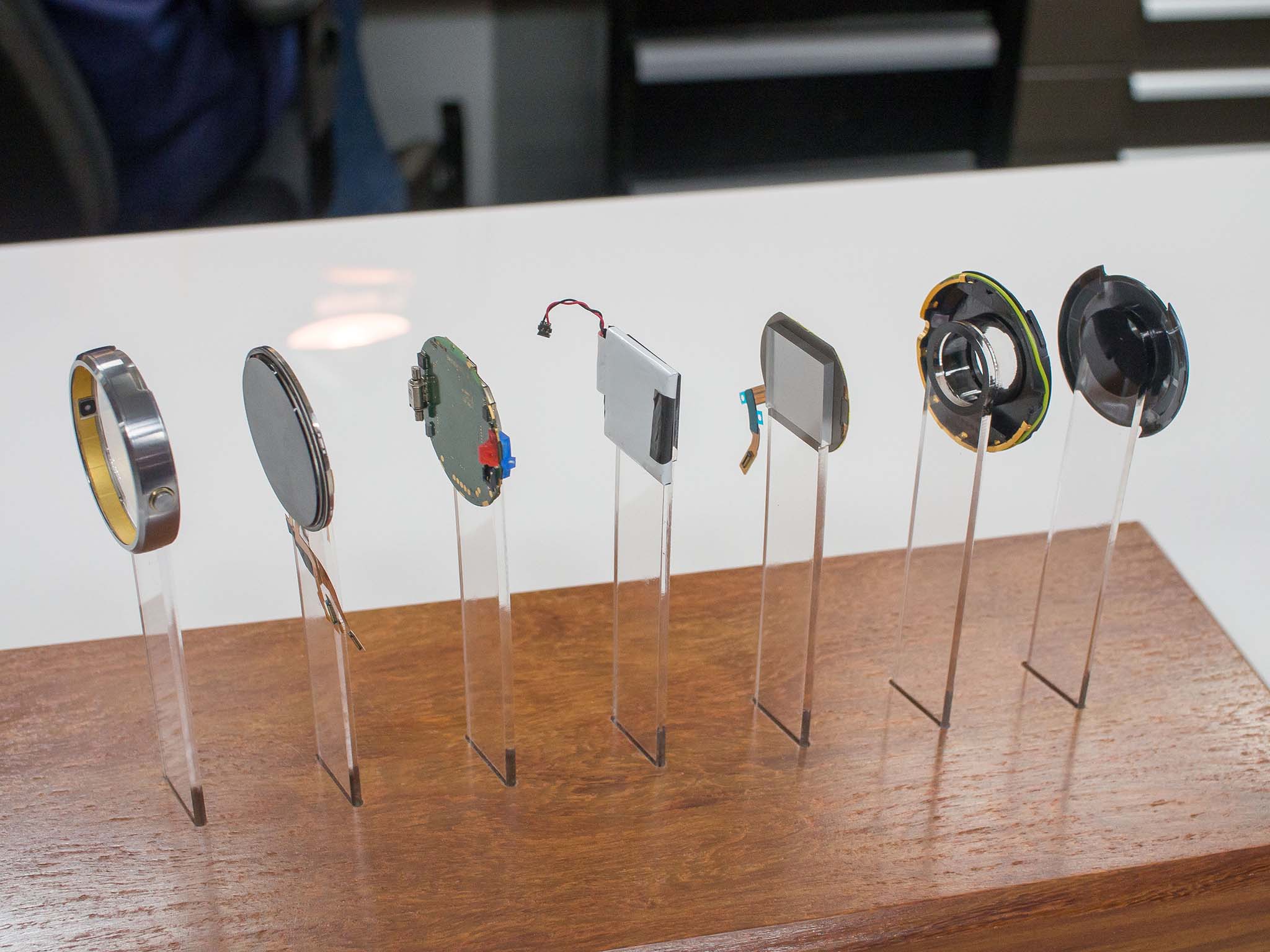
What we really looked to was, what does our brand stand for? What are we doing in our Moto design language? We really felt like a different company that was familiar, that was approachable for consumers, that was in the slipstream of culture, that wasn’t trying to fight it. And that was easy for consumers to adapt [to] and wear all day.
That’s why we went with a design that had a little bit of uniqueness, because it had no lugs — standalone — it was iconic with the round display. But it was also very simple. It wasn’t polarizing. There was a modern sense to it, but it felt like it had a simplicity that was really appropriate for the product and the space at the time.
We spent some time talking with external groups and consultants, and sometimes talking about the watch industry and what’s successful there, things that they liked… So we kinda went in and tried to quickly make ourselves very knowledgeable. We really pushed to kinda embrace our design and our directions, with insights from an industry that we respected. And I think that helped a lot.
You’ve been with Motorola since 2001 — a lot of Motorola devices have passed through your hands in that time. Looking back at it all, is there a device that stands out to you, personally, as one of your favorites?
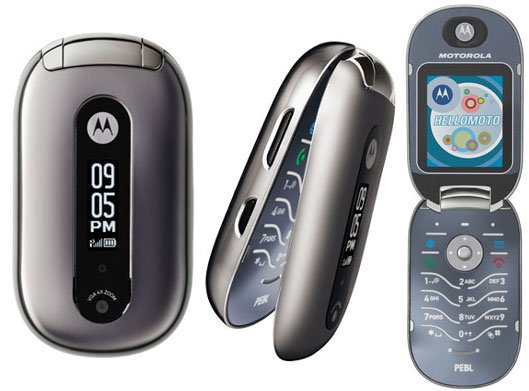
Pebl! We’ve had this discussion [internally]. We have this thing every Monday morning — munchie Monday. Someone brings in breakfast and we eat a lot of calories and drink coffee. And we were just talking last week [about] RAZRs… But the biggest thing has been Moto. Everything from the first Moto X and what we’re doing with Moto Maker because I think it’s really changed things. It’s different in the industry. It’d bold. And I think it’s meaningful for that reason.
[In that] same way RAZR moved cellphones from being communications tools to actually being a kind of fashion device.
Personal favorite? Pebl. That design with the little slide hinge that popped open. Really cool interaction. We were really aggressive about saying RAZR was fantastic — it’s good for some people, but there’s another language for something people care about, and that’s Pebl.
“I think Pebl informed Moto X, even though it was five years beforehand.”
And what Pebl was about really informed what we wanted to do with Moto X. And I would say, within our design group, in many ways, Pebl really represents the emotional and aesthetic preferences, and some of the emotional tendencies of our design staff. And that’s why when we got the Moto X, and we were able to, for the first time in many years, design a product that truly was what we through people we, what we loved doing, that’s why we created a design like Moto X.
And I think Pebl informed Moto X, even though it was five years beforehand.
More Interviews
- HTC America President Jason Mackenzie
- LG’s Dr. Ramchan Woo
- Cyanogen’s Steve Kondik
More Android History
- Read up on the evolution of the world’s most popular mobile OS in our Android History series.